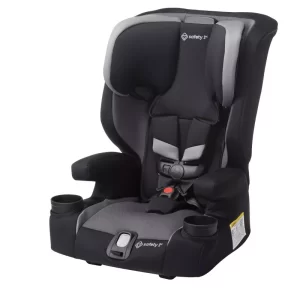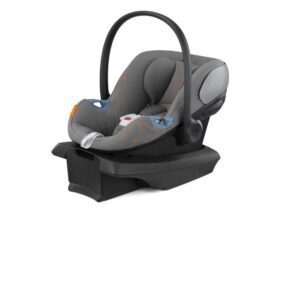Cruise robotaxi struggles with real-world emergency vehicle situation
A Cruise robotaxi failed to yield to a fire truck, delaying it.
Sub-headline: Garbage truck driver saves the day when Cruise autonomous vehicle proves itself to not be autonomous.
This referenced article explains the incident in detail, which involves a garbage truck blocking one lane and the Cruise vehicle pulling over into a position that did not leave enough room for the fire truck to pass. But it also argues that things like this should be excused because it is in the cause of developing life saving technology. I have to disagree. Real harm done now to real people should not be balanced against theoretical harm potentially saved in the future. Especially when there is no reason (other than business incentives) to be doing the harm today, and the deployment continues once it is obvious that near-term harm is likely.
I would say that if the car can’t drive in the city like a human driver, it should have a human driver to take over when the car can’t. Whatever remote system Cruise has is clearly inadequate, because we’ve seen three problems recently (it’s in the article). The article attributes the root cause of this incident to Cruise not having worked through all interactions with emergency vehicles, which is a reasonable analysis as far as it goes. But why are they operating in a major city with half-baked emergency vehicle interaction?
This time no major harm was done because — and I’m not making this up — a garbage truck driver got into the Cruise vehicle and moved it out of the way. The fire did in fact cause property damage and injuries, so things could have been a lot worse due to a longer delay if not for a quick-acting truck driver. (Who by the way has my admiration for acting quickly and decisively.) The article says the situation was complex, but driving in the real world is complex. I’ve personally been in situations where I needed to do something unconventional to let an emergency vehicle pass. A competent human driver understands the situation and acts. Yep, it’s complex. If you can’t handle complex, don’t get on the road without a human backup driver.
The safety driver should not be removed until the vehicle can 100% conform to safety relevant traffic laws. “Testing” without a human safety driver when the vehicle isn’t safe is not testing — it’s just plain irresponsible. There is no technical reason preventing Cruise from keeping a safety driver in their vehicles while they continue testing. Doing so wouldn’t delay the technology development in the slightest — if what they care about is safety. If the safety driver literally has to do nothing, you’ve still done your testing and your multi-billion dollar company is out a few bucks for safety driver wages. If safety is truly #1, why would you choose to cut costs and remove that safety driver if you know your system isn’t at 100% safe yet? Removing the safety driver is pure theater playing to public opinion and, one assumes, investors.
Safety drivers should go back into the vehicles until they can really drive safely.
Cruise is lucky the delayed fire truck arrival was not attributable to a death — this time. This incident happened at 4 AM, which shows even in a nearly empty city you need to have a very sophisticated driver to avoid safety issues. At the very least they should halt no-human-driver operations until they can attest that they can handle every possible emergency vehicle interaction without causing more delay to the emergency vehicle than a proficient human driver, including situations in which a human driver would normally get creative to allow emergency vehicle progress.
Cruise shouldn’t wait for something worse to happen before getting the message that they need to do better if they want to operate without a safety driver.






